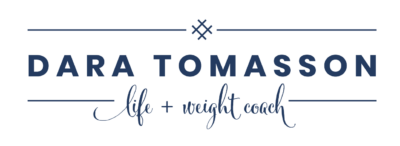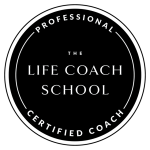Week Three is Sewing the Blocks Together
When sewing quilting projects there several sewing rules that stay consistent throughout the process.

Go to my Youtube Channel for more information.
Quarter Inch Seam
The first is that all pieces are sewn together using a 1/4 inch seam. This means that when the right sides of the fabric are together and lined up, they will be sewn 1/4 inch from the edge of the seam. On most sewing machine there is a stitch gauge on the face plate of the machine. Relying on the face plate is not always accurate. I recommend to make a 1/4 inch seam on a test square about 4 inches long. After stitching along the 1/4 inch stitch guide, place the clear quilting ruler on top of the seam and see if the ruler is 1/4 inch from the raw edge of the block for accuracy. If it is not accurate, try again using another guideline to check if 1/4 inch seam is achieved.
No Back Stitching
When garment sewing it is common to backstitch when starting and stopping every seam. Quilting does not require this because the pieces will be sewn together eventually. I do recommend that a smaller stitch should be used when piecing so that the stitches don’t unravel at either end. On my machine I have my stitch length at 3. This is another recommendation for you to practice on a test fabric for stitch strength.
Pressing
There has been some great debate lately in the quilting world about pressing seams to the side or to press the seams open. Traditionally quilters have been pressing both seams to one side. I teach the importance of pressing seams to specific sides so that the seams will ‘lock’ together ensuring better precision when piecing. When there are a lot of seams in a block, pressing to the side can build up and the seams can become bulky and difficult to quilt through, so pressing the seams open can reduce the bulk and ensure a flatter block in the end. Quite often the pattern writer will indicate their suggested method of pressing. As you gain experience with quilting you will find a method that works best for you.
Squaring Up
Precision is very important in quilting. Seams need to be accurate. Pressing needs to be done properly to avoid fabric being distorted. When heat is added to fabric, it can stretch and lose its original shape. Starch is used to stiffen the fabric to give it more stability. I use Best Press because it has no vegetable products that could eventually attract bugs.
I really like to use my Cute Cuts square 10 inch and 4 inch from Riley Blake to help me ensure that blocks trimmed up exact size. Once the finished block is pressed, place the block on the cutting mat. Place the square on top of the block. Put the block to the upper left corner. Line up the top and left side of the block with the ruler, trim off the uneven sides. With this side straightened up, trim off the right side and bottom. This methods ensures that the block is even and square. In the pattern, 9 Patch Wonder, the blocks need to finish off at 8 inches square. Perhaps the block after being put together measures 8.5 by 8.25 inches, those sides need to be squared up. I have demonstrated this in my YouTube video.
Stripe Sets and Locking Seams
Strip piecing is a huge time saver. Instead of cutting the fabric into 3 inch squares and then sewing them together, cut the fabric 3 inch by WOF and then sew the three strips of fabric together. After they are sewing together and pressed properly, they can then be sub-cut as was described in the previous post.

For the 9 Patch Wonder pattern there are 2 different sets ABA and BAB which means that fabric A is sewn to fabric B and then fabric A is attached to the set in that order. The three strips of fabric are then pressed with the seams facing outwards. The opposite is required for the second set BAB and their seams are pressed inwards. When the seams are pressed this way because when they are sewn together they are opposing and this ensures that they are locked into place. For further clarification, see the video I have created to help understand.
Depending on the look that you are after, the outside blocks are all the same, therefore, the pattern calls for double the outside blocks than the centre block, so double the strip sets constructed. So, if the 9 patch is ABA on the outside and the interior is BAB, construct double the number of strip sets so there will be enough.
After the sets are made, sub-cut and the pieced, the 9 patch block is ready to be pressed and then squared up into 8 inch squares.
Now that all of your blocks are finished play around with the layout. Take a picture of the layout and turn the pic to a grey scale or black and white, this will help you with the layout to see if your quilt is laid out the way you would like it.


